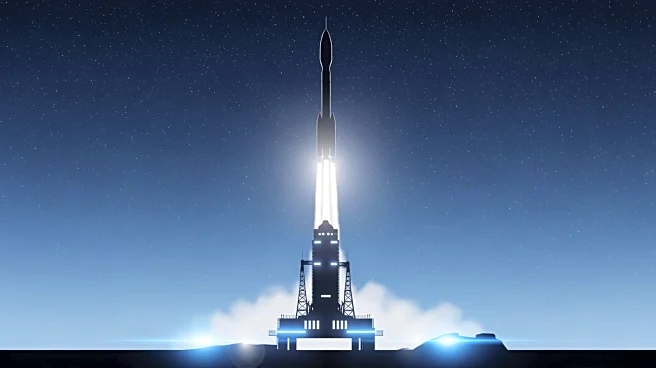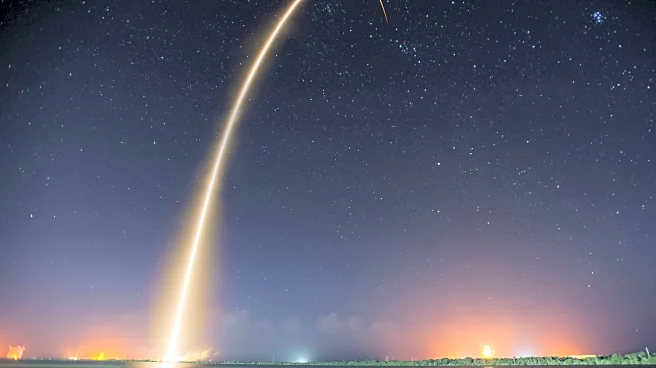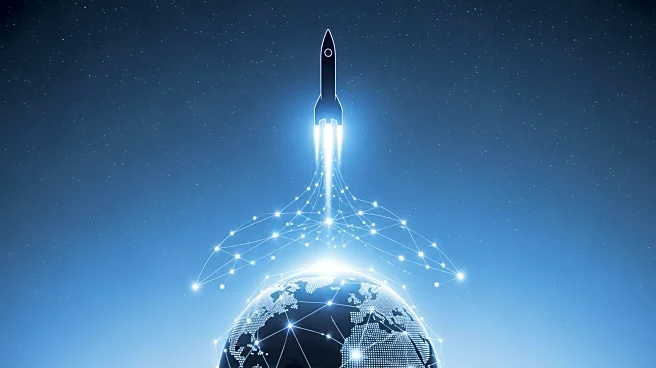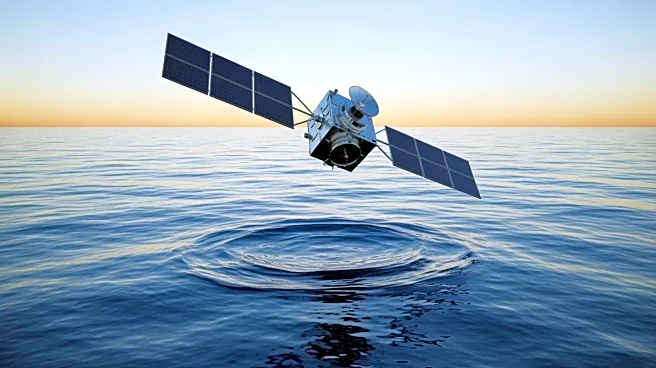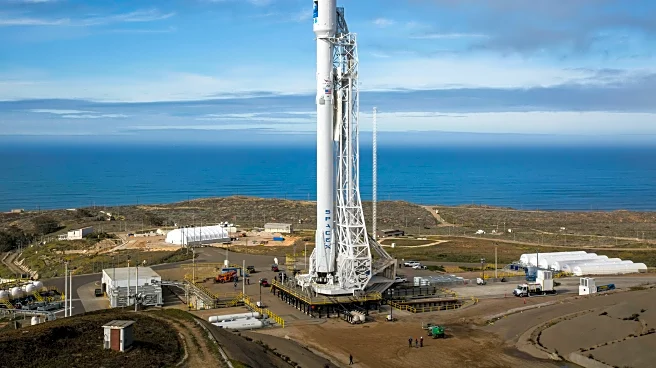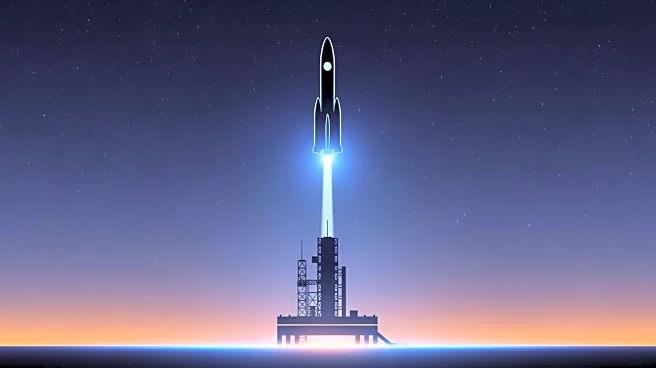What's Happening?
SpaceX's Transporter-15 mission successfully launched over 100 satellites into orbit from Vandenberg Space Force Base in California. The Falcon 9 rocket carried a diverse array of payloads, including contributions from the European Space Agency, Taiwan
Space Agency, and various commercial and educational entities. The mission continues SpaceX's trend of frequent rideshare launches, providing cost-effective access to space for smaller satellites. The payloads include Earth-imaging satellites, cubesats for IoT technologies, and scientific instruments for environmental monitoring.
Why It's Important?
The Transporter-15 mission underscores SpaceX's role in democratizing access to space, enabling a wide range of organizations to deploy satellites at lower costs. This launch supports scientific research, technological development, and commercial ventures, contributing to advancements in Earth observation, communication, and environmental monitoring. The mission highlights the growing demand for satellite deployment and the importance of rideshare missions in meeting this need. SpaceX's ability to launch multiple payloads efficiently demonstrates its leadership in the space industry.
What's Next?
The satellites will begin their individual missions in sun-synchronous orbit, contributing to various scientific and commercial objectives. SpaceX's continued focus on rideshare missions may lead to increased collaboration with international space agencies and private companies. The success of Transporter-15 could encourage further investment in satellite technology and infrastructure, driving innovation in space exploration and data collection.
